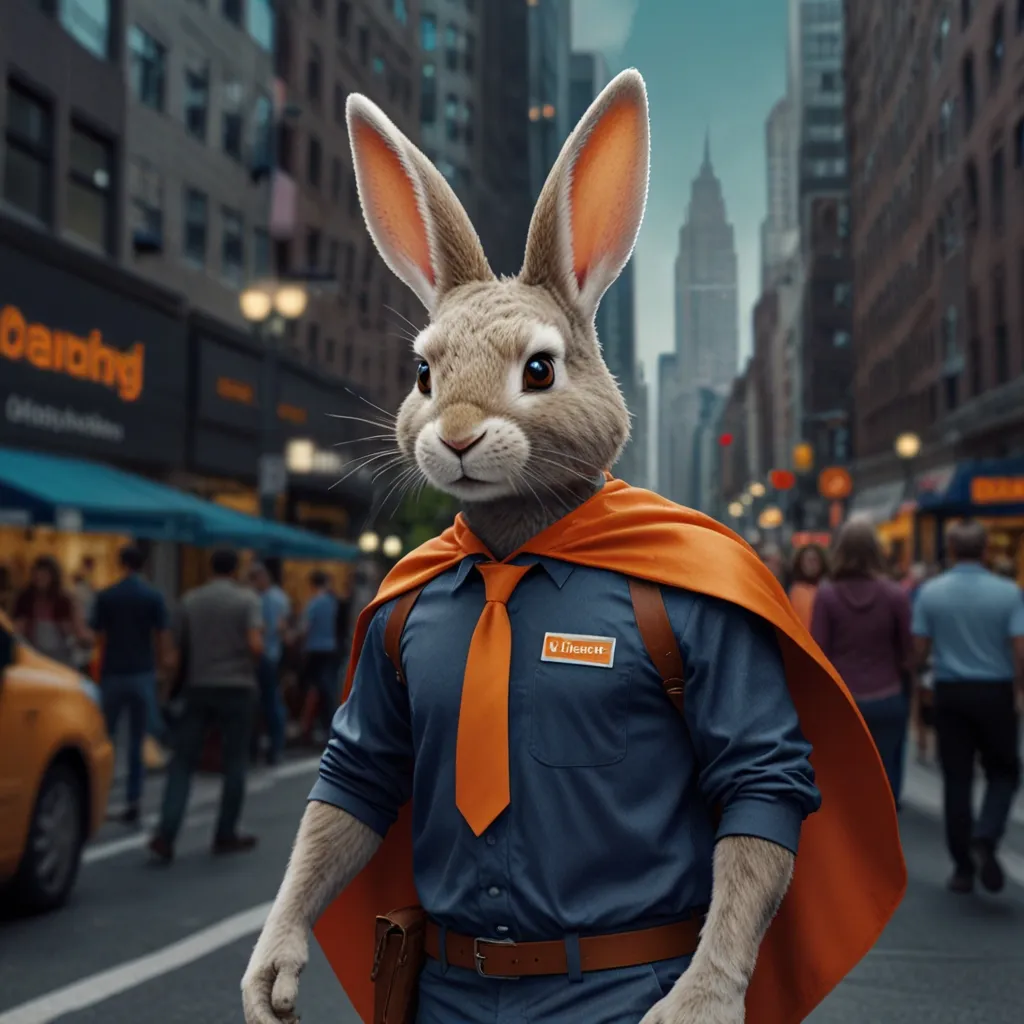JHipster is a pretty neat tool for anyone diving into web development. It’s like the multi-tool for coding, blending together popular frameworks like Spring Boot with Angular, React, and Vue. With it, spinning up modern apps or getting a microservice architecture up and running is a breeze. It’s all about making things quicker and more efficient.
Starting with JHipster isn’t too intimidating either. You need some basics like Java, Git, and Node.js. After sorting those, you run a simple npm command to get JHipster installed globally. From there, you create a directory for your new project, jump into it, and kick off the JHipster generator. It’ll walk you through some questions to customize your app, like picking your preferred frontend framework and backend setup, choosing database options, and a bunch of other stuff.
JDL Studio is another gem JHipster offers. It’s a graphical tool that lets you define your domain model using JDL, or JHipster Domain Language. You can sketch out entities and their relationships visually, then grab the resulting JDL file to use in your project. If you’re more of a command-line fan, you can create entities straight from there too. Importing your JDL into a JHipster project is as simple as running an import command, and voila, your code is generated with the necessary database schema and Java classes.
Once your entities are ready, firing up your Spring Boot app is as easy as running either the Maven or Gradle wrapper commands. To get the frontend rolling, another npm command will do the trick, and you can access everything locally at your localhost address.
JHipster isn’t just about generating code quickly—it’s packed with features. It supports big frontend frameworks like Angular, React, and Vue, so you’ve got options to fit your project’s unique needs. Backend support is robust too, with options ranging from Spring Boot to Micronaut, Quarkus, and even Node.js or .NET. Database support is equally flexible, handling everything from MySQL and PostgreSQL to MongoDB.
For those jumping into microservices, JHipster is designed with that in mind, making it straightforward to create scalable, distributed systems. Deployment is versatile, too. Whether you’re targeting AWS, Azure, Google Cloud, or something else, JHipster has options, often leveraging Docker and Kubernetes for smooth deployments.
Customization in JHipster is taken further with blueprints, which are like custom modules. They let you override the standard templates. For instance, if you prefer Kotlin over Java for your server-side code, there’s a blueprint for that. Running a generation command with a blueprint option makes this easy.
The command-line interface is powerful and worth exploring. It has options for customizing the process, like skipping client or server generation if you only need one part or bypassing the install of dependencies to speed things up when you’re just experimenting.
Managing database schema changes is another area where JHipster shines, thanks to Liquibase. By enabling incremental changelogs, it helps you track database changes over time, making updates simpler and more reliable.
JHipster’s ecosystem is enriched by a marketplace where you can find additional modules to enhance your projects. These third-party modules can add new, non-official features, broadening what you can do with your base setup.
There’s a bit of best practice advice to keep in mind. The amount of generated code can be overwhelming, so understanding the structure and libraries at play is crucial to avoid headaches down the line. Sharing components across projects is easier if you extract them into separate packages or consider the JHipster project as a regular dependency. For those using Spring Boot, making sure all sub-projects are aligned to depend on it ensures smoother builds and fewer conflicts.
Through JHipster, the world of modern web application and microservice development becomes far less daunting. Its comprehensive support for various technologies and deployment platforms, combined with powerful customization and best practice guidance, makes it a standout tool for developers. By diving into JHipster, you place yourself in a strong position to deliver robust, scalable applications quickly and efficiently. It’s all about turning complex processes into more straightforward steps, allowing you to focus on crafting great applications.






